TL;DR:
Given: I wrote a library with relatively portable functionality (for example,
Left.Pad.©.dll). I want to make it available though NuGet.Requirement: If somebody wants to use my library on any version of any platform on any version of any operating system with any updates installed by writing code in any IDE or any code editor, they should be able to do it.
Question: What is the minimum set of NuGet target frameworks to achieve that?
Bonus question: If there're any "dead" frameworks which shouldn't be targeted, or something else which should be taken into consideration when choosing target frameworks, you can mention it too.
Thoughts (old version):
NuGet packages support multiple .NET Framework versions and profiles, for example, a package can provide net20, net30, net35, net40, net45, sl3, sl4, sl5 etc. versions. However, assuming there aren't always differences in the functionality of a package, providing a lot of versions would be a waste of build time and package size and cause unnecessary complexity. On the other hand, providing a package just for the lowest supported Framework version could cause missing functionality, for example .NET 4 supports in-process side-by-side execution of multiple CLR versions, but previous versions don't, so this feature will be lost if just a version for .NET 3.5 is provided (I'm not sure; I've never used it and don't know the details). If a PCL version is provided, the logic is simple I assume: just exclude versions which PCL covers.



